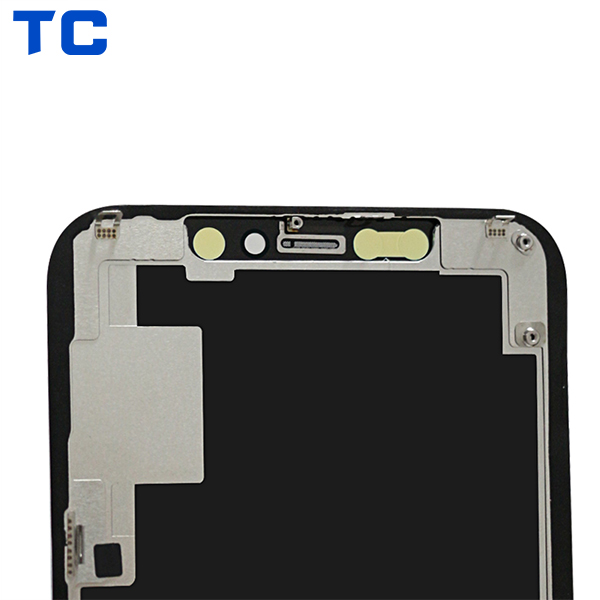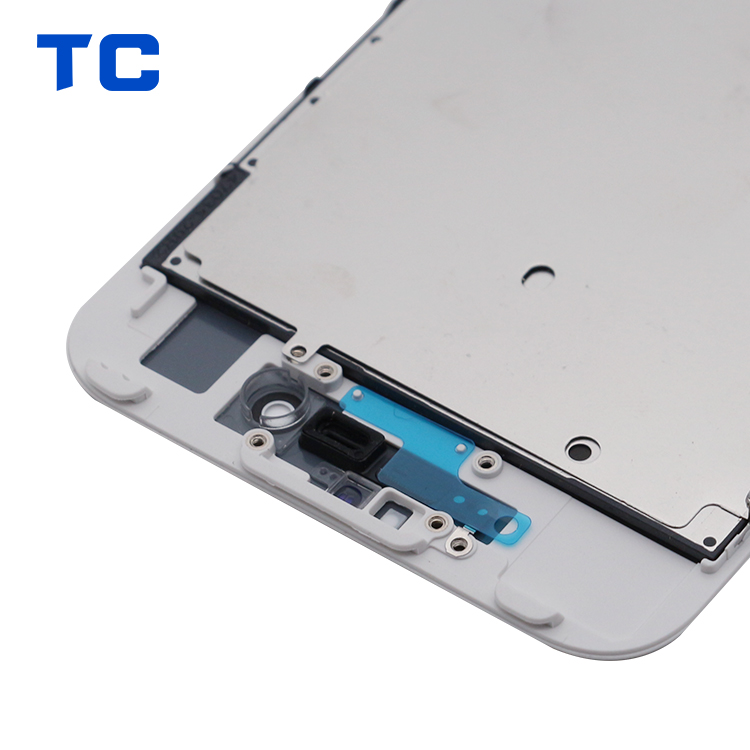EVs have been around a long time but are quickly gaining speed in the automotive industry. Learn how the long-coming and inevitable shift to electric impacts you.
Whether you want to build your own home theater or just learn more about TVs, displays, projectors, and more, we've got you covered. iPhone Screen Not Responsive

Get tech's top stories in 30 seconds:
First, try restarting the device and cleaning your screen
When touch screens don't work, frustration sets in quickly. The biggest problem is that the touch screen is often the only way to interact with your phone or tablet. When that suddenly goes away, it can feel like you're locked out of your device.
While there are cases where an unresponsive touch screen calls for professional repairs, there are several steps, from easy to advanced, that you can take to get things working again.
These troubleshooting steps apply to any touch screen device running Windows, iOS, or Android.
A variety of things can cause a touch screen to stop working, including:
We've found that the following steps can help a touch screen start working again. You should try them in this order, but some may not apply to your device.
Restart the device. It may sound pretty basic, but when your touch screen stops working, simply restarting your touch screen device is usually all it takes to fix the problem.
Clean the touch screen and screen protector. Sometimes, a touch screen will stop responding due to built-up dirt and grime or problems with the case or screen protector. Since this is pretty easy to either deal with or rule out, it's a good idea to thoroughly clean your device if a reboot doesn't do the trick.
Dry off your smartphone. Touch screens can also stop working, become unresponsive, or work erratically if a phone gets wet. In that case, drying the phone out thoroughly sometimes fixes the problem. There are several steps to drying out an Android and drying out an iOS device.
Gently tap each corner of the phone. When a touch screen stops working after a phone is dropped, it’s sometimes due to the digitizer connection coming loose internally. In that case, gently tapping on each corner of the phone may cause it to reconnect.
If that doesn’t work, fixing the digitizer requires taking the phone apart.
Remove the SIM card, memory cards, and peripherals. While it is less common, problems with SIM cards, memory cards, and peripherals (such as USB devices) can sometimes cause touchscreen problems in mobile and Windows devices. Be sure to power down fully and unplug your device first.
Turn on Safe Mode for Android or Windows safe mode. Sometimes, a problem with an app or program you have downloaded can cause the touch screen to become unresponsive. The key to figuring this out is to restart in safe mode since these apps and programs don’t load in safe mode.
If you find that the touch screen starts working when you enter safe mode, there is a problem with some app or program you downloaded. Start with recently downloaded apps and go from there.
Adjust iPhone 3D Touch sensitivity. If you’re experiencing an unresponsive or inaccurate touch screen on your iPhone (6S to XS), it may be a 3D Touch sensitivity issue. Assuming the touch screen works at all, you’ll need to adjust that setting.
Go to Settings > Accessibility > Touch > 3D & Haptic Touch. Adjust the slider between light and firm. Try turning off 3D Touch if the screen is still inaccurate or unresponsive.
Calibrate your Windows touchscreen. The Windows Touch Screen Calibration Tool helps to reset the center of each touch you make on your device. If your touches seem slightly off, this might help restore everything.
Update touch screen drivers. Often updating drivers fixes any issues you're having.
Disable and re-enable the Windows touch screen driver. This process also frequently solves an issues you're having with Windows.
Uninstall and reinstall the touch screen driver. If updating and/or disabling and re-enabling doesn't work, then a reinstall might be the answer.
If your touch screen still doesn’t work after following all of these steps, then it will probably require professional repairs. If those don't work, it's time for a new phone.
In most cases, you can't. Newer devices don't offer the option to reset or calibrate the touchscreen since it's rarely necessary. Android stopped offering that option in version 4 of its OS, and Microsoft stopped after Windows 10.
Ghost touching is when your smartphone's touchscreen responds to phantom presses (presses you haven't made). This issue is typically caused by a hardware problem but can often be resolved with some troubleshooting. Our instructions for fixing ghost touch on iPad can also apply to other devices.
Get the Latest Tech News Delivered Every Day
Hit Refresh on Your Tech News

iPhone 7 Plus Touch Screen Problems By clicking “Accept All Cookies”, you agree to the storing of cookies on your device to enhance site navigation, analyze site usage, and assist in our marketing efforts.